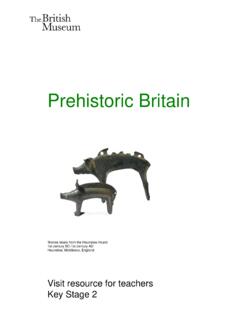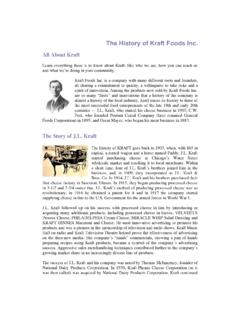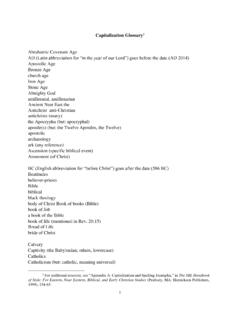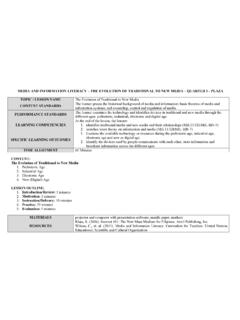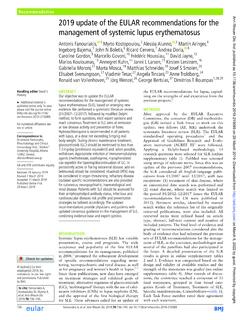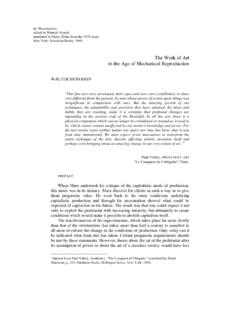Transcription of History of India and Indian National Movement - All Clears
1 2 History of India and Indian National Movement | Ancient Indian History Indian Prehistory The fossils of the early human being have not been found in India . A hint of the earliest human presence in India is indicated by stone tools of about 250,000 BC obtained from the deposits. However, recent reported artifacts from Bori in Maharashtra suggest the appearance of human beings in India around million years ago. History of India and Indian .. From their first appearance to around 3000 BC humans used only stone tools for different purposes. This period is, therefore, known as the Stone Age, which has been divided into Paleolithic ( early or Old Stone). Age, Mesolithic (Middle Stone) Age, and Neolithic (New Stone) Age.
2 National Movement The Paleolithic Age in India (500,000 BC 8000 BC): [A complete book for competitors] In India it developed in the Pleistocene period or the Ice The earliest traces of human existence in India go back to 500,000 BC. Prepared by The Paleolithic sites are spread in practically all parts of India except the alluvial plains of Indus and Ganga. By Rajput The people of this age were food gathering people who lived on hunting and gathering wild fruits and vegetables. Man during this period used tools of unpolished, undressed rough stones and lived in cave and rock shelters. They had no knowledge of agriculture, fire or pottery of any material. They mainly used hand axes, cleavers, choppers, blades, scrapers and burin.
3 Their tools were made of hard rock called quartzite'. Hence Paleolithic men are also called Quartzite Men'. Homo sapiens first appeared in the last of this phase. It has been pointed out that Paleolithic men belonged to the Negrito race. The Paleolithic Age in India has been divided into three phases according to the nature of stone tools used by the people and also according to the nature of change in the climate early or lower Paleolithic, Middle Paleolithic and Upper Paleolithic. The early Paleolithic Age covers the greater part of the Ice Age. Its characteristic tools are hand axes, cleavers and choppers. Such tools have been found in Soan and Sohan river valley (now in Pakistan) and in the Belan Valley in the Mirzapur district of UP In this period climate became less humid.
4 Middle Paleolithic Phase is characterized by the use of stone tools made of flakes mainly scrapers, borers and blade like tools. The sites are found in the valleys of Soan, Narmada and Tungabhadra rivers. {This book is very usefull for those competitors who appearing in In the Upper Paleolithic Phase, the climate became warm and less humid. This stage is marked by burins and scrapers. Such tools have been found in APKarnataka, Maharashtra, Bhopal and Chhota Nagpur plateau. the Civil Services, State PSCs, Bank PO, SSC Exams, NDA, CDS, Railway, and others oneday exams.}. 3 History of India and Indian National Movement | 4 History of India and Indian National Movement | The Mesolithic Era History (8000 BC 6000 BC) : Apart from stone tools, hand axes and other objects made of copperware also used.
5 In this age, climate became warm and dry. Climate changes brought about changes in fauna and flora and made The Chalcolithic people used different types of pottery of which black and red pottery was most popular. It was it possible for human beings to move to new areas. Since then, there haven't been major changes in the climate. wheel made and painted with white line design. The characteristic tools of the Mesolithic Age are known as Microliths-pointed, cresconic blades, scrapers, etc, all These people were not acquainted with burnt bricks. They generally lived in thatched houses. It was a made of stone. village economy. The people lived on hunting, fishing and food gathering; at a later stage they also domesticated animals.
6 They venerated the mother goddess and worshiped the bull. The last phase of this age saw the beginning of plane cultivation. Important sites of this phase are spread in Rajasthan, Maharashtra, West Bengal, Bihar, MP, etc. Various Mesolithic sites are found in the Chhotanagpur region, Central India and also south of the Krishna River. In the Belan valley of Vindhyas, all the three phases of the Paleolithic followed by the Mesolithic and then by the Indus Valley Civilization in India Neolithic have been found in sequence. Similar is the case with the middle part of the Narmada valley. Ancient Civilizations in India The History of Neolithic Era (6000 BC 1000 BC) : The Indus Valley Civilization was an ancient civilization thriving along the Indus River and the Ghaggar-Hakra In India Neolithic Age is not earlier than 6000 BC and at some places in South and Eastern India ; it is as late as River in what is now Pakistan and north-western India .
7 Among other names for this civilization is the Harappan 1000 BC. Civilization, in reference to its first excavated city of Harappa. During this phase people were again depending on stone implements. But now they used stones other than An alternative term for the culture is Saraswati-Sindhu Civilization, based on the fact that most of the Indus Valley quartzite for making tools, which were more lethal, more finished and more polished. sites have been found at the Halkra-Ghaggar River. Neolithic men cultivated land and grew fruits and corn like ragi and horse gram. They domesticated cattle, sheep Dayaram Sahni first discovered Harappa (on Ravi) in 1921. Banerjee discovered Mohenjodaro or and goat.
8 Mound of the Dead' (on Indus) in 1922. Sir John Marshal played a crucial role in both these. They knew about making fire and making pottery, first by hand and then by potters wheel. They also painted and Harappan Civilization forms part of the proto History of India and belongs to the Bronze Age. decorated their pottery. Mediterranean, Proto-Australoid, Mongoloids and Alpines formed the bulk of the population, though the first two They lived in caves and decorated their walls with hunting and dancing scenes. They also knew the art of making were more numerous. boats. They could also weave cotton and wool to make cloth. More than 100 sites belonging to this civilization have been excavated.
9 In the later phase of Neolithic phase people led a more settled life and lived in circular and rectangular houses made of mud and reed. According to radio-carbon dating, it spread from the year 2500 1750 BC. Important sites of this age are Burzahom and Gufkral in J&K (famous for pit dwelling, stone tools and graveyard in Copper, bronze, silver, gold were known but not iron. house), Maski, Brahmagiri, Tekkalakota in Karnataka, Paiyampatti in Tamil Nadu, Piklihal and Hallur in AP, Garo hils in Meghalaya, Chirand and Senuwar in Bihar (known for remarkable bone tools), Amri, Kotdiji, etc. Geographical Extent : Koldihawa in UP revealed a three fold cultural sequence: Neolithic, Chalcolithic and Iron Age.
10 Covered parts of Punjab, Sindh, Baluchistan, Gujarat, Rajasthan and some parts of Western UP. It extended from Manda in Jammu in the north to Daimabad in the south and from Alamgirpur in W. UP to Sutkagendor in Chalcolithic Period : Baluchistan in the west. The end of the Neolithic Period saw the use of metals of which copper was the first. A culture based on the use of Major sites in Pakistan are Harappa (on Ravi in W Punjab), Mohenjodaro (on Indus), Chanhu-Daro (Sindh), etc. In stone and copper arrived. Such a culture is called Chalcolithic which means the stone-copper phase. India , major sites are Lothal, Rangpur and Surkotda (Gujarat), Kalibangan (Rajasthan), Banwali (Hissar), and Alamgirpur (Western UP).
